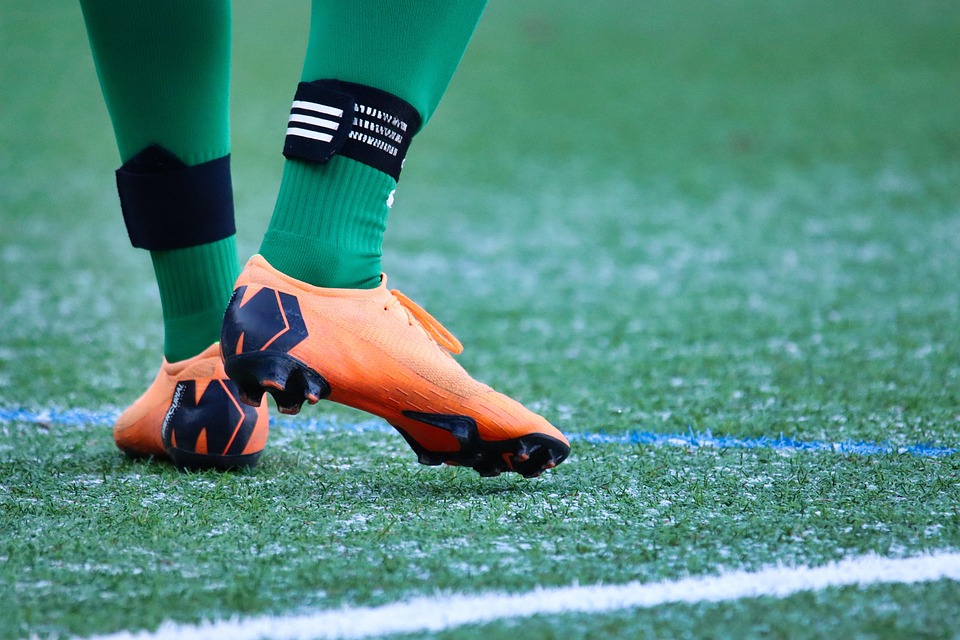Ankle sprains are among the most common injuries, often resulting from twisting or rolling your ankle. Whether caused by sports, physical activity, or an awkward movement, ankle sprains can disrupt daily routines. Understanding the recovery process can help you manage the injury effectively and get back on your feet faster.
How Long Does It Take to Recover from an Ankle Sprain?
The time it takes to recover from an ankle sprain depends on the severity of the injury. Most mild sprains, involving overstretched ligaments, typically heal within one to two weeks with proper care. Moderate sprains, which involve partial ligament tears, can take up to six weeks for full recovery. Severe sprains, where ligaments are completely torn, may take several months and may require additional treatment, such as physical therapy. While healing times vary, early attention to the injury can make a significant difference. Resting the ankle, keeping weight off it, and addressing swelling may often help reduce recovery times, particularly in the early stages of the process.
What Are the Key Stages of Ankle Sprain Recovery?
Healing from an ankle sprain is a step-by-step process, and each stage plays a key role in full recovery. Here’s a breakdown of the stages to guide you through the healing process:
- Immediate Care (First 2-3 Days):
Focus on reducing swelling and inflammation. Elevate your ankle above heart level to minimize swelling, apply ice packs to reduce pain and inflammation, and use a compression bandage for support. These steps are pivotal to control the initial damage and promote faster healing.
- Regaining Mobility (After Swelling Subsides):
Once the swelling decreases, work on restoring flexibility and movement. Gentle range-of-motion exercises, such as ankle circles or pointing and flexing your foot, may help improve mobility. Gradually reintroducing weight-bearing activities is necessary to prepare the ankle for the next phase of recovery.
- Strengthening and Stability (Last Several Weeks):
This final stage involves strengthening exercises to build muscle support around the ankle and prevent future injuries. Work on balance and stability exercises, such as standing on one foot or using a resistance band, to assist the ankle, so it is ready for regular activities.
Each stage of recovery builds on the last, so it’s necessary to progress gradually and avoid rushing the process. Remember, everyone’s healing timeline is different, so listen to your body and consult a healthcare professional if needed.
How Can You Speed Up Healing After an Ankle Sprain?

Proper rest is one of the most effective ways to recover quickly. Avoid putting pressure on the injured ankle during the initial phase to allow the ligaments to heal. Use crutches or a support brace to protect the area as you recover. Incorporating simple exercises after swelling subsides, such as ankle circles or toe stretches, can also promote healing by improving circulation.
Wearing supportive footwear can provide extra stability during recovery. A shoe with a firm sole and proper arch support helps minimize strain on the healing ligaments. Working with a physical therapist may also offer personalized guidance on strengthening and stability exercises.
What Are the Most Common Mistakes That Slow Down Recovery?
Resuming activities too quickly is a frequent mistake that can delay recovery. Placing too much weight on the ankle before it regains strength may cause setbacks. Another common issue is neglecting the exercises prescribed for rehabilitation. Skipping these steps can leave the ankle weak, increasing the chance of reinjury.
Not addressing swelling early can also contribute to slower recovery. The build-up of fluids can limit mobility and extend healing time. Poor footwear choices, such as wearing unsupportive shoes, may unnecessarily strain the injured area. Prioritizing proper care during each recovery stage helps avoid these pitfalls.
Start Healing Today
Managing an ankle sprain requires active care and a focus on gradual progress. By addressing the injury early and following best practices, you can recover efficiently while minimizing setbacks. Explore more tips and injury management advice by visiting our website or consulting with a sports medicine specialist. With the right approach, you’ll be back on your feet in no time.


